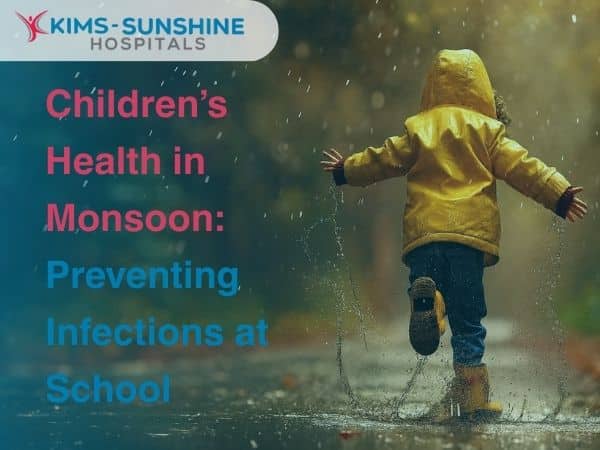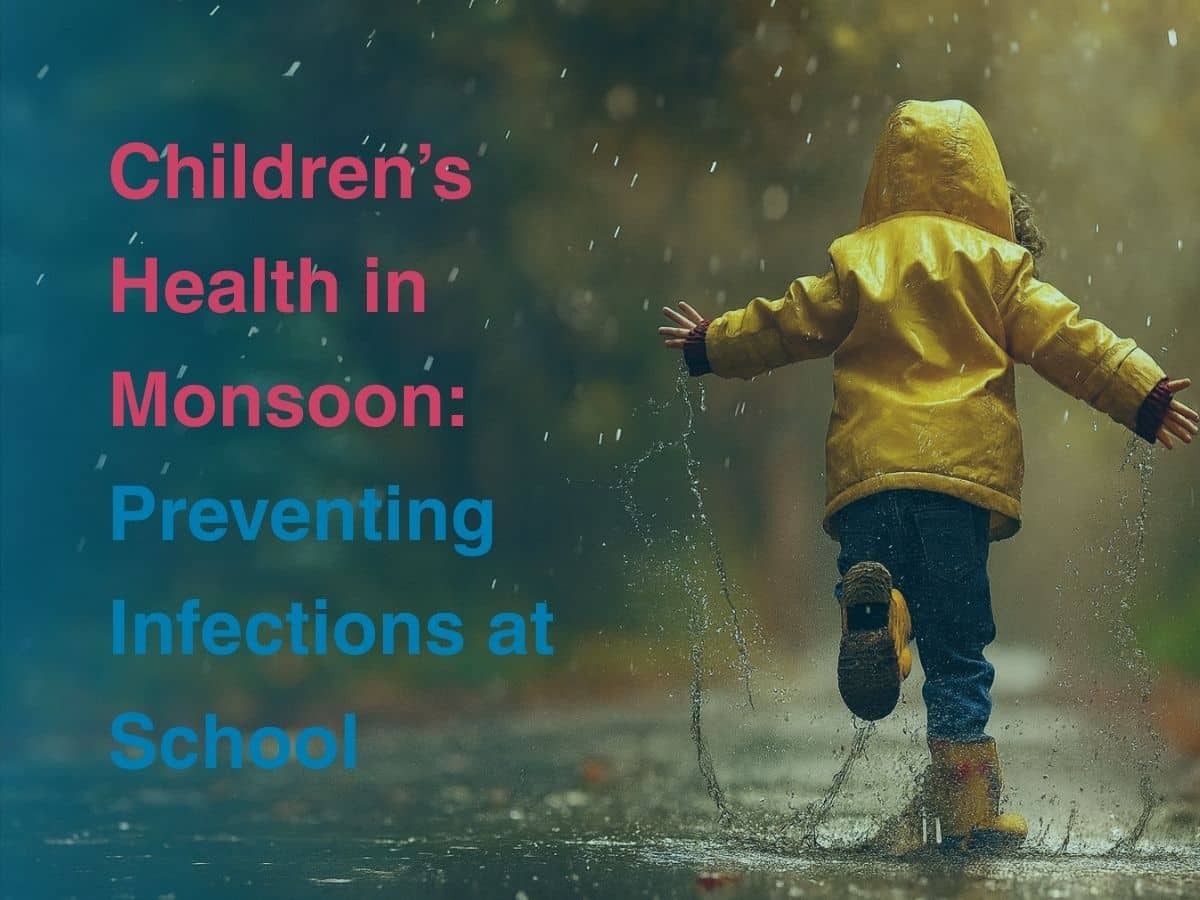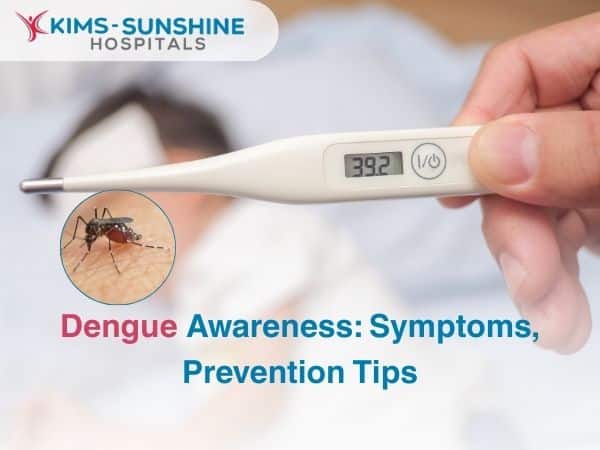
Children’s Health in Monsoon: Preventing Infections at School
 The rainy season, with its cool breezes and muddy puddles, may seem like a playful break from the summer heat, but it is also the time when schools turn into breeding grounds for infections, because damp classrooms, crowded buses, and shared stationery allow germs to travel faster than before. That is why conditions like viral fever, conjunctivitis, gastroenteritis, hand-foot-mouth disease, dengue and malaria (among others) become the cause for frequent visits to the paediatrician. Doctors often remark that during the monsoon it is not the rain outside but the invisible storm of microbes in school corridors that worries them most.
The rainy season, with its cool breezes and muddy puddles, may seem like a playful break from the summer heat, but it is also the time when schools turn into breeding grounds for infections, because damp classrooms, crowded buses, and shared stationery allow germs to travel faster than before. That is why conditions like viral fever, conjunctivitis, gastroenteritis, hand-foot-mouth disease, dengue and malaria (among others) become the cause for frequent visits to the paediatrician. Doctors often remark that during the monsoon it is not the rain outside but the invisible storm of microbes in school corridors that worries them most.
School Hygiene Practices During Rainy Season-
A school is not just a place of learning but a second home and during monsoon this home must fortify itself against infections with practices that may seem simple yet go a long way – such as ensuring classrooms are well-ventilated despite the humidity, cleaning floors and desks daily to avoid fungal growth, making sure toilets are dry and disinfected and preventing water stagnation in playground corners where mosquitoes quietly lay eggs. This diligence from the school and staff are what keeps children safe.
Handwashing Importance For Kids-
It may sound repetitive when adults keep telling children to wash their hands, but handwashing is to infection what armour is to a soldier, because the simple act of using soap and water before meals, after toilet use and post outdoor play washes away the bacteria and viruses that ride on school benches, doorknobs, and shared lunchboxes. Paediatricians often note that teaching proper handwashing-with at least 20 seconds of scrubbing-is more effective than many medicines and parents can encourage this by turning it into a game or song, so that children see it not as a chore but as a ritual of self-protection.
Healthy Lunchbox Ideas For Rainy Season-
Packing a lunchbox during the rains requires more thought than usual, because oily snacks or raw salads, though tempting, can increase the risk of stomach infections. Freshly cooked and still-warm foods like vegetable upma, stuffed parathas with curd, or a small portion of khichdi are safer bets.Fruits like banana or apple slices wrapped neatly are far better than cut melons or papaya that spoil quickly in damp weather. Interestingly, nutritionists also point out that adding spices like turmeric or pepper to food not only enhances flavour but also boosts immunity – making the lunchbox a secret weapon against monsoon illnesses.
Vaccinations For Children Before Monsoon-
Prevention is stronger than cure and vaccinations stand as shields that prepare the body in advance, which is why paediatricians advise parents to ensure children are up to date with shots for influenza, typhoid, hepatitis A, and chickenpox before the rainy season arrives. Once the infections spread, catching up becomes harder and many schools now work hand in hand with health departments to conduct awareness drives, knowing that vaccinated children not only protect themselves but also reduce the risk of outbreaks within classrooms. This is crucial considering they are in an environment where one sneeze or one cough can otherwise affect dozens of kids around them.
Conclusion
The monsoon season with its rhythmic downpour and refreshing air, holds both charm and challenge for children, because while they enjoy splashing in puddles and watching paper boats float, it is also the season when their bodies become more vulnerable to infections. This makes it essential for parents, teachers and schools to work as a team – by strengthening immunity through food, safeguarding hygiene with handwashing, ensuring safe water availability, protecting against mosquitoes and keeping vaccinations updated respectively. When such small but consistent steps are taken, children can embrace the rains with laughter rather than suffer through them with illness.






